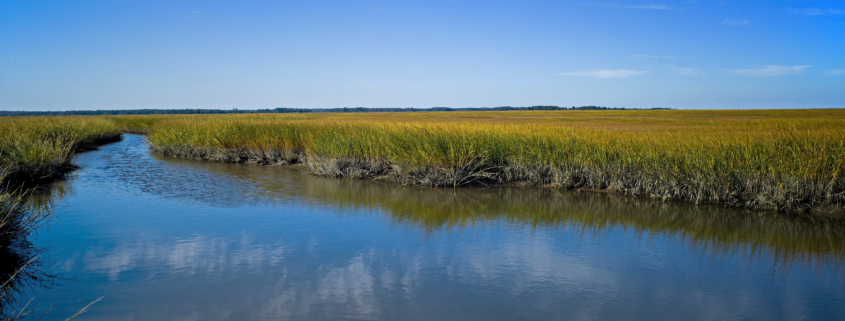Blue Carbon: The Climate Change Solution You’ve Probably Never Heard Of
This is the eighth part of Carbon Cache, an ongoing series about nature-based climate solutions.
Gail Chmura, a professor at McGill University, had recently joined the school’s geography department in the late 1990s when some of her colleagues were trying to solve a mystery. They were looking at global carbon budgets, and the numbers weren’t adding up. There was a missing carbon sink, sequestering a whole lot of carbon, and nobody knew what it was. They wondered if Canada’s peatlands were part of the missing sink.
Meanwhile, Chmura was sampling salt marshes in the Bay of Fundy, which spans between New Brunswick and Nova Scotia. Few people had paid salt marshes any attention as carbon sinks because the data showed pretty low levels of carbon at a first glance. But Chmura had a lightbulb moment.
Researchers had been looking at the percentage of carbon in salt marshes by weight. In peatlands, this makes sense because they are almost entirely made of organic matter, which is where carbon is stored in soil.

